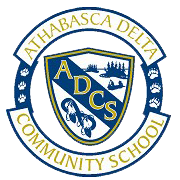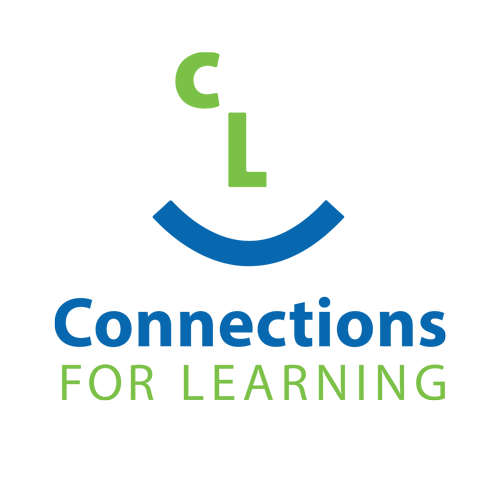Overview
Parkland School Division’s derived measures demonstrate year-over-year growth in student achievement results regarding literacy and numeracy. The goal (divisional target) is for 95% of PSD students to achieve at least an acceptable level in literacy and numeracy; and, at a minimum, the teachers and leaders should experience an annual 10% reduction of students who are achieving below an acceptable level on literacy and numeracy benchmarking assessments.
Related Assurance Element(s)
Element 1: Students demonstrate success
Element 4: Teachers and Leaders Promote Literacy and Numeracy
Numeracy Benchmarking

The 20-21 school year marked the implementation of division-wide data gathering of numeracy levels using the Math Intervention/Programming Instrument . Our data indicated that a significant percentage of our students were achieving at a level of concern.
The Research
Research overwhelmingly supports a balanced approach to teaching mathematics. Students need to grow their number sense out of experiences with spatial and quantitative reasoning. As well, they need to develop strong fluency with procedures that enable them to think quickly and creatively. Relying on rote memory of basic facts without understanding, while tempting because of the appearance of quicker results, does not equip our students well to use mathematics effectively to solve problems or reason about the world.
The Approach
PSD will continue to use the MIPI as a general screening tool and for progress monitoring. As well, PSD will develop a numeracy continuum that will more specifically identify the stages of numeracy development. PSD will implement the use of diagnostic tasks to help teachers place students on that continuum and be better able to plan for next steps.
Resources will include the First Steps in Mathematics program and the Early Learning Trajectories in Mathematics.






















